
The English language, with its rich tapestry of words and nuanced meanings, often presents speakers and writers alike with perplexing challenges. Among these, the subtle yet significant distinction between “worse” and “worst” stands out as a frequent point of confusion. While both words are invaluable tools for expressing degrees of negativity, their specific applications—and the implications of misusing them—can dramatically alter the clarity and precision of your communication. Understanding these differences is not just about grammatical correctness; it’s about ensuring your message is conveyed exactly as intended.
Many find themselves in a predicament when deciding whether a situation has merely become “worse” or if it has plummeted to the absolute “worst” possible state. This common dilemma highlights the need for a clear, impartial breakdown of these two similar-sounding, yet distinct, forms of the adjective “bad.” Just as you would scrutinize a product for its true value, we will objectively evaluate the roles of “worse” and “worst” to equip you with the knowledge to make informed linguistic choices.
This comprehensive guide is designed to empower you with practical, actionable advice, cutting through the confusion to provide a definitive understanding. We’ll delve into their core definitions, explore their grammatical classifications as comparative and superlative adjectives, clarify their irregular formation, and unpack common expressions where these words often get tangled. By the end of this exploration, you’ll be able to confidently navigate the intricacies of “worse” and “worst,” enhancing your command of English and ensuring your writing and speech are always at their best, not their worst.
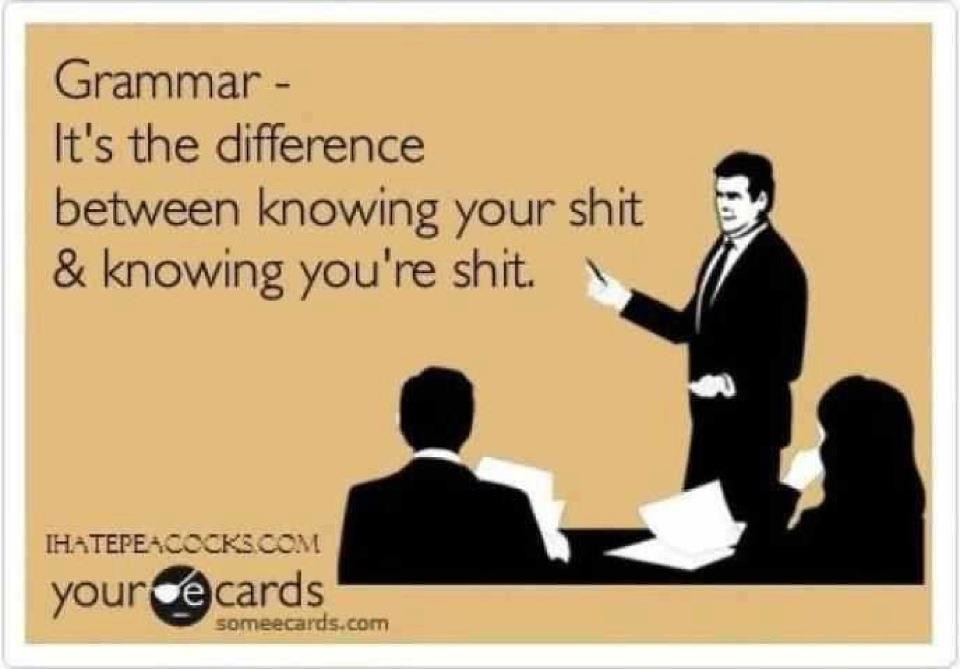
1. **The Core Distinction: Worse (Comparative) vs. Worst (Superlative)**When grappling with the choice between “worse” and “worst,” the fundamental principle to recall is the concept of comparison. These words serve distinct functions in expressing degrees of unfavorability, acting as the comparative and superlative forms of the word “bad.” Think of them as specialized tools, each designed for a particular kind of assessment. “Worse” is employed when you are comparing two entities, suggesting that one is “more bad” than the other, while “worst” is reserved for situations involving three or more things, indicating the absolute “most bad” among them.
The distinction is elegantly summarized: “Worse is what’s called the comparative form, basically meaning ‘more bad.’ Worst is the superlative form, basically meaning ‘most bad.'” This succinct definition is the cornerstone of correct usage. To illustrate, consider a scenario where you’re evaluating two paint colors: “I think the pink paint looks worse on the wall than the red paint did.” Here, a direct, one-on-one comparison dictates the use of “worse.” If, however, you’re assessing three or more options, or an absolute extreme, “worst” comes into play: “Yours is bad, mine is worse, but his is the worst.” This clearly establishes the lowest point on a scale of negativity.
The relationship between “bad,” “worse,” and “worst” mirrors that of “good,” “better,” and “best,” a parallel that can be highly instructive. Just as “better” signifies a higher quality between two, and “best” denotes the highest quality among many, “worse” and “worst” follow the same logical progression for negative attributes. “Worse is used when making a comparison to only one other thing,” as seen in “Your breath is bad, but mine is worse,” or “The situation was bad and it just got worse.” Conversely, “Worst is used in comparisons of more than two things,” such as “That was the worst meal I’ve ever eaten,” implying it surpassed all other meals in its poor quality.
It’s crucial to internalize that “Worse and worst are different words, but both are forms of the adjective bad.” This shared origin, coupled with their divergent comparative and superlative roles, forms the bedrock of their proper application. By consistently asking yourself whether you are comparing two things or identifying the extreme among a group, you can accurately select the appropriate form. This foundational understanding will serve as your compass through the more intricate grammatical territories we are about to explore.
Read more about: Navigating ‘Worse’ vs. ‘Worst’: A Comprehensive Consumer Guide to Mastering These Tricky Superlatives
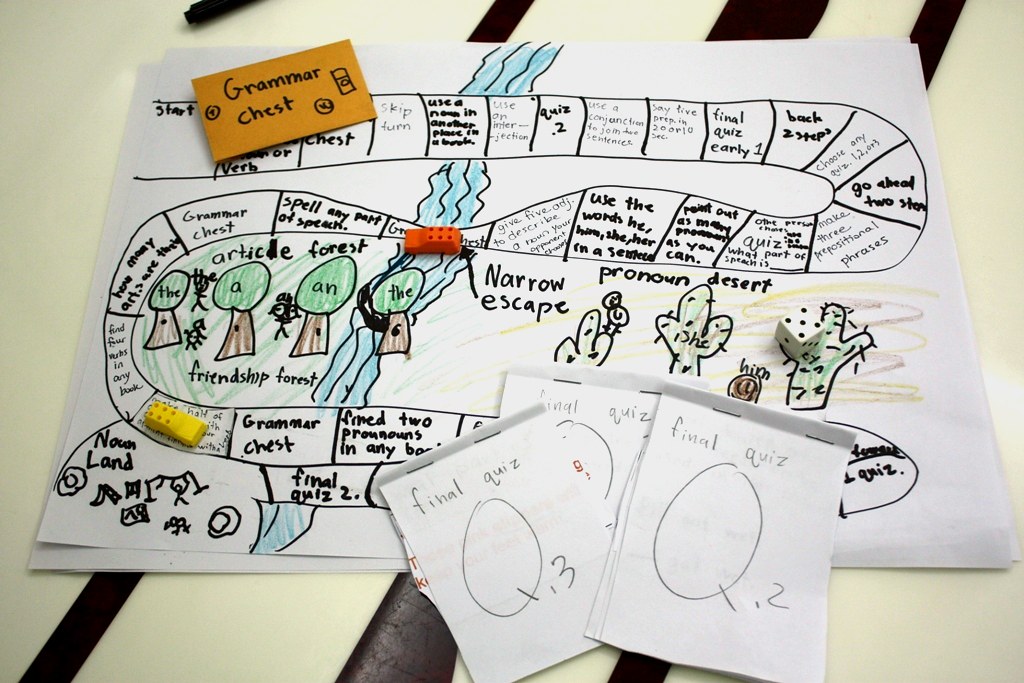
2. **Understanding Comparative Adjectives: General Rules and Irregularities (focus on worse)**To fully grasp “worse,” it helps to understand the mechanics of comparative adjectives in English. Generally, comparative adjectives are used to draw a distinction between two nouns, indicating that one possesses a certain quality to a greater or lesser degree than the other. For most adjectives, this comparative form is created by either appending “-er” to the end of the word or by preceding the adjective with “more” or “less.” For instance, a fast car becomes “faster,” a smart student becomes “smarter,” and a big problem becomes “bigger.” Similarly, an impressive performance might be “more impressive,” and a powerful engine could be “less powerful.”
However, not all adjectives conform to these straightforward rules, and this is precisely where “bad” and its comparative form, “worse,” reveal their unique nature. “Worse and worst don’t follow these rules,” making them irregular adjectives. Instead of transforming into “badder” (which is incorrect in standard English), “bad” takes on the entirely different form “worse” when a comparison is being made between two subjects. This irregularity is a key characteristic to remember, underscoring why rote memorization of the “-er” or “more/less” rule won’t apply here.
The core function of “worse” remains consistent with that of any other comparative adjective: to illustrate a direct comparison between two distinct entities or states. For example, in the sentence, “My brother is bad at basketball, but honestly I’m worse,” the word “worse” directly compares the speaker’s skill level to their brother’s, positioning it as a lower degree of badness. It’s a binary comparison, focusing solely on two elements at a time. This direct, one-to-one comparison is the defining context for utilizing “worse.”
Remembering that “worse” is an irregular comparative adjective—a special case that doesn’t follow the typical “-er” or “more/less” pattern—is vital for precise communication. It signifies a “more bad” condition or quality when only two things are being weighed against each other. This understanding not only clarifies the usage of “worse” itself but also provides valuable insight into the broader landscape of English grammar, where exceptions often prove as important as the rules themselves.
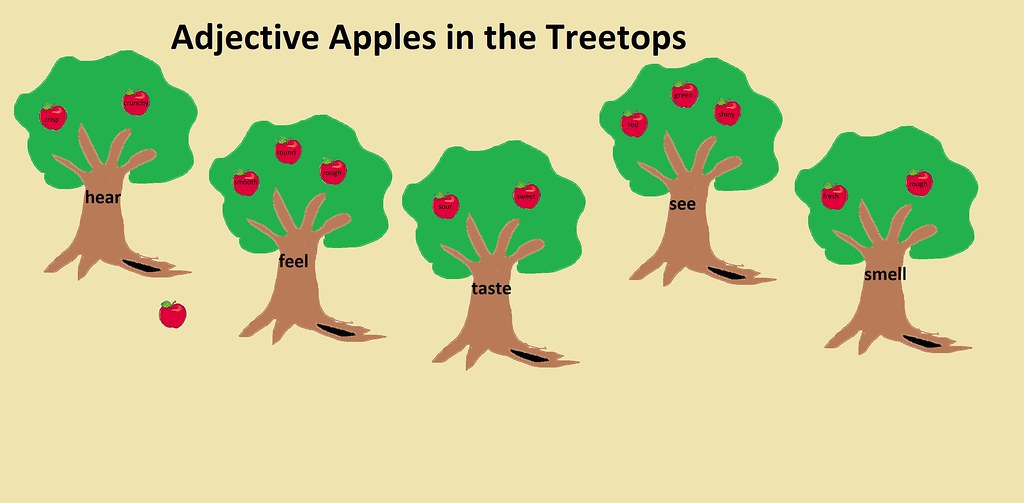
3. **Mastering Superlative Adjectives: General Rules and Irregularities (focus on worst)**Following naturally from our discussion of comparative forms, superlative adjectives are used when comparing more than two things, or when expressing that something possesses a quality to the highest or most extreme degree among all possible options. The general rule for forming superlatives involves adding “-est” to the end of an adjective, such as “fastest,” “smartest,” or “biggest.” Alternatively, for longer adjectives, “most” or “least” is placed before the word, leading to constructions like “most impressive” or “least powerful.” These rules provide a clear framework for constructing superlatives in most instances.
Yet, just as with “worse,” the word “worst” defies these conventional patterns, standing as an irregular superlative adjective. Instead of an imagined “baddest,” the English language provides “worst” to convey the ultimate degree of “badness.” This irregularity is fundamental to its usage, and recognizing it is crucial for accurate expression. Interestingly, the context notes, “you can see a remnant of the superlative ending -est at the end of worst and best, which can help you remember that they are superlatives.” This subtle linguistic echo offers a helpful mnemonic device for recalling its superlative nature.
The power of “worst” lies in its ability to declare an absolute extreme. When comparing multiple items, or asserting that something is unparalleled in its negative quality, “worst” is the unequivocal choice. Consider the statement, “Out of the five exams I have today, this one is going to be the worst.” Here, “worst” clearly designates one exam as the most challenging or undesirable among a group of five. Similarly, for an absolute declaration, one might exclaim, “That was the worst idea I have ever heard,” implying that no other idea could possibly surpass it in its lack of merit.
Therefore, when you need to convey the pinnacle of an undesirable quality—whether comparing more than two elements or making an absolute pronouncement—”worst” is the grammatically correct and most impactful term. Its irregular form, though initially a point of confusion, becomes a marker of its unique strength in expressing the highest degree of negativity. Mastering its usage ensures that your declarations of ultimate inferiority or undesirable extremes are both accurate and emphatic.
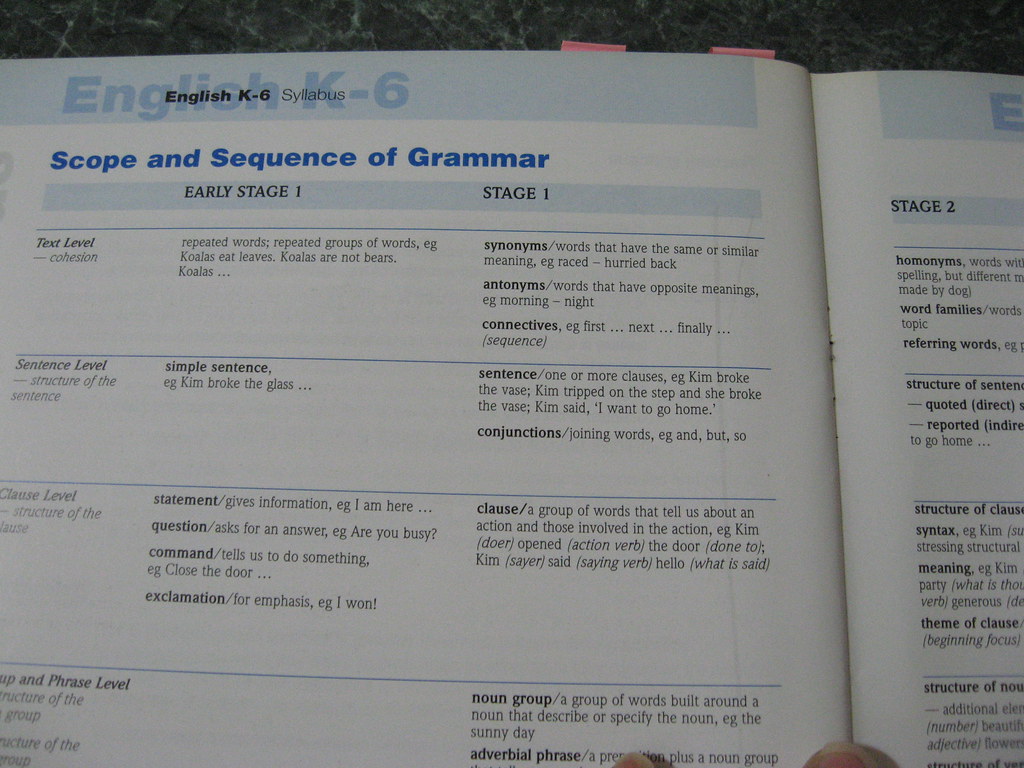
4. **The Roots of Comparison: How Worse and Worst Relate to Bad and Ill**At the heart of understanding “worse” and “worst” lies their direct lineage from the foundational adjectives “bad” and “ill.” These two words, “worse” and “worst,” are not standalone terms but rather evolved forms, serving as the comparative and superlative degrees for both “bad” and “ill.” This deep connection is vital because it informs the full spectrum of meanings and applications that “worse” and “worst” can convey, extending beyond mere moral judgment to encompass quality, health, skill, and overall unfavorability.
The context explicitly states, “Worse and worst are just like the words better and best, which are the comparative and superlative forms of the word good.” This analogy powerfully underscores their role: they are the negative counterparts, quantifying degrees of “badness” or “illness” in the same way “better” and “best” quantify “goodness.” This grammatical structure is a testament to the efficient evolution of language, allowing for nuanced expression of quality and condition. The provided dictionary entries further clarify this, noting “From bad (adj): worse adj comparative worst adj superlative” and similarly for “ill.”
Delving into the definitions of “bad” and “ill” enriches our understanding. “Bad” encompasses a wide array of negative attributes: “not good in any manner or degree,” “wicked or evil,” “of low or inferior quality,” “causing injury or harm,” “suffering from sickness,” “spoiled or rotten,” “disagreeable,” or “lacking in skill or ability.” When something is “worse,” it is “more bad” in any of these senses. When it is “worst,” it is “bad or ill in the most extreme degree,” manifesting as “most faulty or unsatisfactory,” “most unpleasant, unattractive, or disagreeable,” or “least efficient or skilled.” This broad application means that a “worse” situation could refer to anything from deteriorating traffic conditions to declining health, or even an inferior quality item.
Similarly, “ill” primarily pertains to health (“sick; unwell; of poor health”), but also extends to hostility (“hostile; unkind”), evil (“evil; wicked”), or an unfavorable outcome (“unfavorable”). Thus, “worse” can also indicate a deterioration in health or a more unfavorable circumstance, while “worst” signifies the most extreme state of sickness or the most adverse fortune. For instance, a person who is “badly” (adverb for “bad”) injured can become “worse” if their condition declines, and ultimately face “the worst” possible outcome in terms of health. Recognizing these foundational connections provides a holistic view of the versatility and depth embedded in “worse” and “worst.”
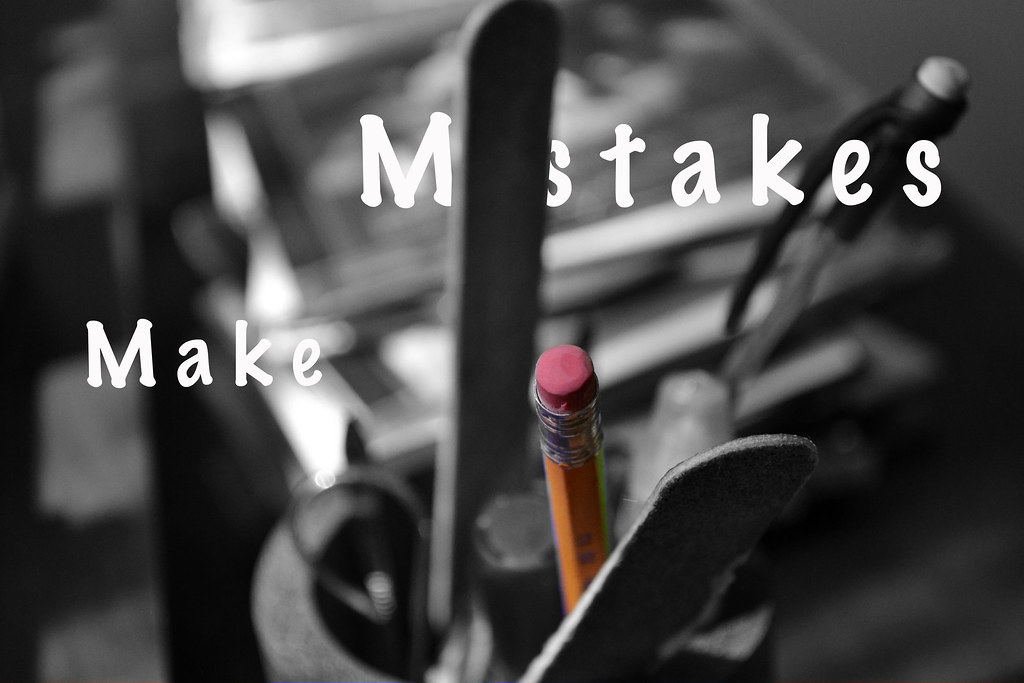
5. **Common Pitfall #1: The “Worst-Case Scenario” and “In the Worst Case”**Among the myriad expressions that pepper our daily conversations and professional communications, the phrases “worst-case scenario” and “in the worst case” are particularly prone to misuse, often mistakenly rendered with “worse” instead of “worst.” This common grammatical pitfall arises from a failure to recognize the superlative nature required when contemplating the direst possible outcome. The context unequivocally clarifies: “The phrase worst case is used in the two idiomatic expressions: in the worst case and worst-case scenario. Both of these phrases refer to a situation that is as bad as possible compared to any other possible situation, which is why it uses the superlative form worst.”
The essence of these expressions is to identify the absolute extreme of negative possibilities. By definition, a “worst-case scenario” is the most unfavorable or most problematic situation imaginable out of all potential outcomes. It’s not merely “more bad” than another scenario (which would call for “worse”), but rather “most bad” among all conceivable eventualities. Therefore, the superlative “worst” is not just appropriate; it is grammatically indispensable for conveying this ultimate degree of adversity.
Consider the illustrative examples provided: “In the worst case, the beams will collapse instantly.” This sentence doesn’t imply that the collapse is merely bad, or even worse than another bad outcome. Instead, it posits the absolute worst possible structural failure. Similarly, “This isn’t what we expect to happen—it’s just the worst-case scenario” clearly indicates that the described event represents the nadir of potential outcomes, serving as a benchmark for the most undesirable possibility. These examples highlight the definitive, extreme nature that “worst” brings to these critical phrases.
It is also important to differentiate these fixed idiomatic expressions from instances where “worse” and “case” might coincidentally appear in proximity within a sentence. The context notes, “While it’s possible for the words worse and case to be paired together in a sentence (as in Jacob had a worse case of bronchitis than Melanie did), it’s not a set expression like worst case is.” In “Jacob had a worse case of bronchitis than Melanie did,” “worse” functions as a comparative adjective modifying “case” in a direct comparison between two individuals’ conditions, not as part of an idiom denoting the absolute extreme. Understanding this distinction is key to avoiding one of the most frequently encountered errors involving “worse” and “worst.”
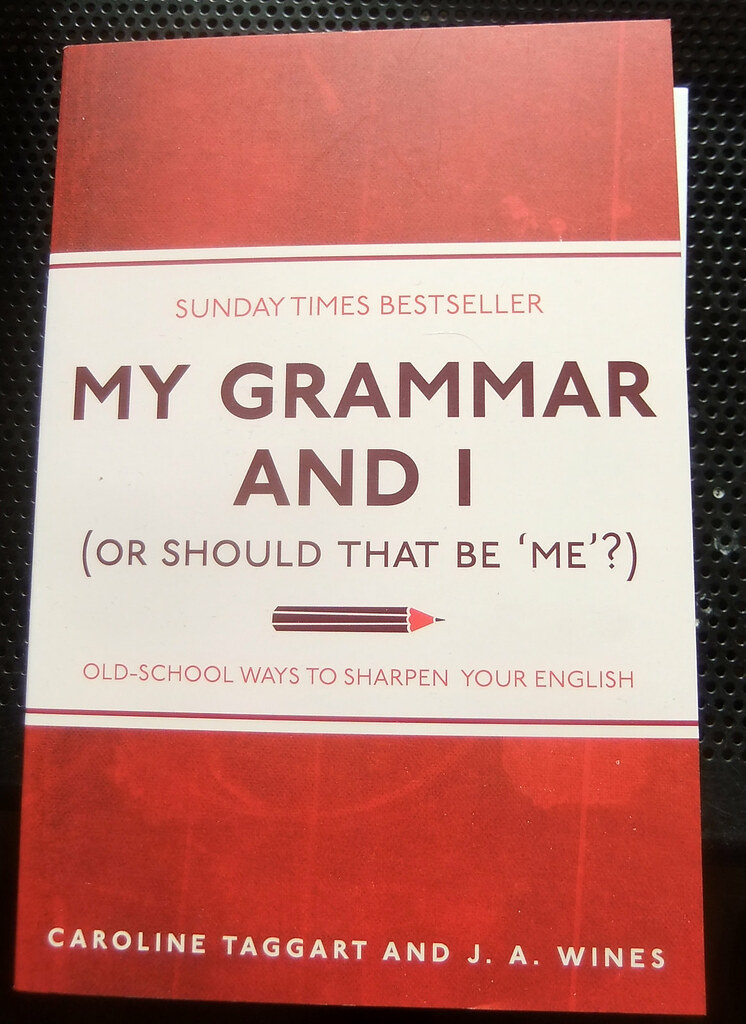
6. **Practical Application: When and How to Use ‘Worse’**Having established the theoretical underpinnings, let us now focus on the practical application of “worse” in everyday language. The word “worse” serves a crucial role when the goal is to articulate a decline in quality, desirability, or condition relative to a previous state or a single other entity. Its primary function is to express that something has become “less favorable than previously.” This comparative nature means it is always used when there are precisely two things being compared, or when a change from one state to another, more negative state, is being observed.
A common and highly illustrative idiom that perfectly encapsulates the function of “worse” is “from bad to worse.” This phrase vividly describes a situation that began poorly and has subsequently deteriorated further, entering an even more undesirable state. As the context explains, this idiom “means that something started bad and has only deteriorated in quality or condition, as in My handwriting has gone from bad to worse since I graduated high school.” Here, the progression implies a continuous decline, with “worse” marking the successive, more negative stage.
Beyond idiomatic expressions, “worse” is vital in direct comparisons. Consider these clear examples from the provided context: “I think the pink paint looks worse on the wall than the red paint did.” This sentence directly pits two paint colors against each other, with “worse” declaring the inferiority of one. Similarly, “Debra Deer had a worse finishing time than Charlie Cheetah, but Sam Sloth had the worst time by far” employs “worse” to compare Debra’s time directly with Charlie’s, establishing a clear hierarchy of performance. The critical element is the presence of a single point of comparison.
Furthermore, “worse” adeptly captures a sense of ongoing deterioration or a negative shift over time. Observe the examples: “Briony’s cold got worse after a few days, so she had to see a doctor,” and “His grades have been getting worse as the term progresses.” In both instances, “worse” describes a continuous downward trend from an initial state. Even in a seemingly simple comparison like “The recipe tasted worse after I added vinegar,” “worse” signals a negative modification from its original taste. These real-world applications underscore that “worse” is the precise tool for indicating a comparative decline or inferiority when faced with two options or a state of deterioration.
Read more about: Paint Expert’s “Magical” Remedy: Effortlessly Erase Tree Sap Stains Without Damaging Your Car’s Clear Coat – A Popular Mechanics Guide
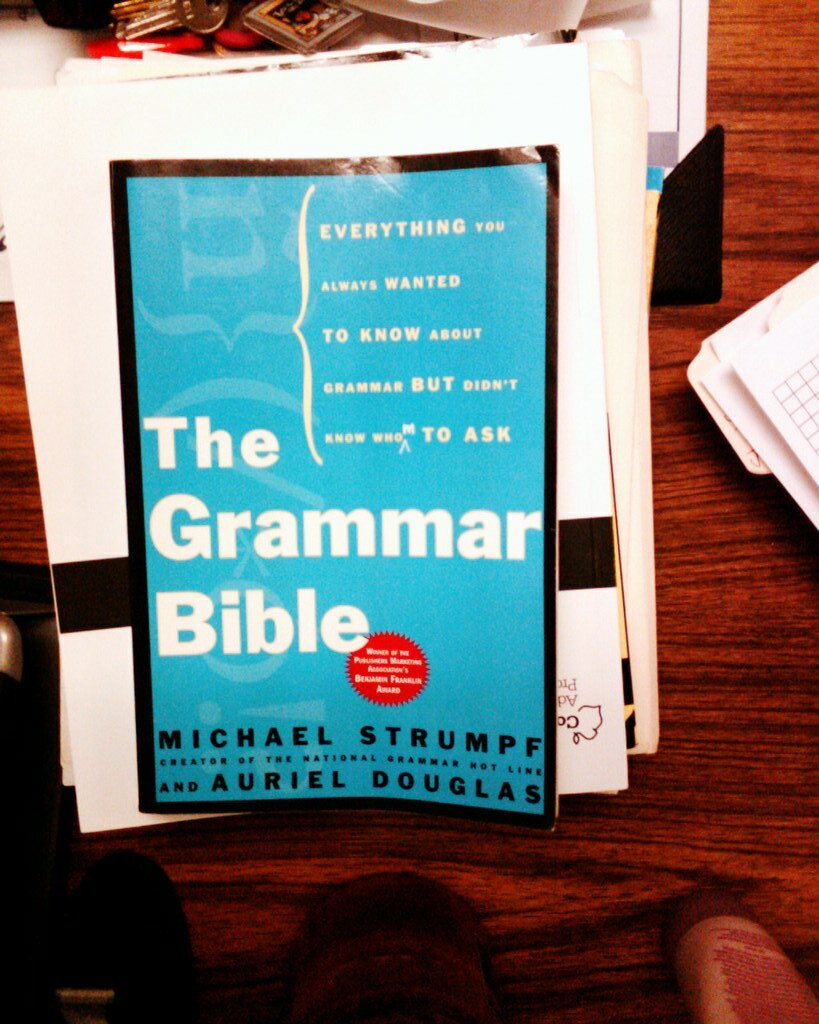
7. **”If Worse Comes to Worst” vs. “If Worst Comes to Worst”: Deconstructing a Tricky Idiom**Navigating idiomatic expressions in English often presents unique challenges, and the phrase meaning “if the worst possible outcome happens” is no exception. This particular idiom has two widely recognized versions that frequently cause confusion: “if worse comes to worst” and “if worst comes to worst.” While both convey the same dire prediction, their grammatical structure and prevalence differ, making it essential for precise communication to understand their nuances and select the most appropriate form for a given context.
The prevailing usage, as indicated by linguistic observation, leans heavily towards “if worst comes to worst,” despite some arguments that “if worse comes to worst” might align more closely with a logical progression from a bad state to a worse one, eventually culminating in the worst. However, the context explicitly reveals that “if worst comes to worst is much more commonly used (even though it arguably makes less sense).” This phenomenon is not uncommon in language evolution, where established popular usage can effectively codify an idiom’s form, transcending strict logical derivation. When evaluating these phrases, it’s beneficial to think of “worst” as representing an absolute extreme, meaning the ultimate undesirable situation has materialized.
Regardless of which version is chosen, the fundamental purpose of this idiom remains consistent: to anticipate the most unfavorable outcome and, notably, to propose a pragmatic contingency plan. The expression is almost always “accompanied by a proposed solution to the problem.” This forward-thinking aspect is crucial for consumer-centric advice, enabling individuals to prepare for potential downsides. For instance, one might confidently state, “If worse comes to worst and every door is locked, we’ll get in by opening a window,” illustrating proactive problem-solving.
Another example further clarifies this function: “I’m going to try to make it to the store before the storm starts, but if worst comes to worst, I’ll at least have my umbrella with me.” These instances clearly demonstrate how the idiom serves as a preface to a pragmatic strategy, offering a sense of preparedness and actionable advice even when facing extreme adversity. Understanding this dual function—both predicting a severe event and outlining a strategic response—is key to mastering this particular linguistic construction for clear and effective communication.
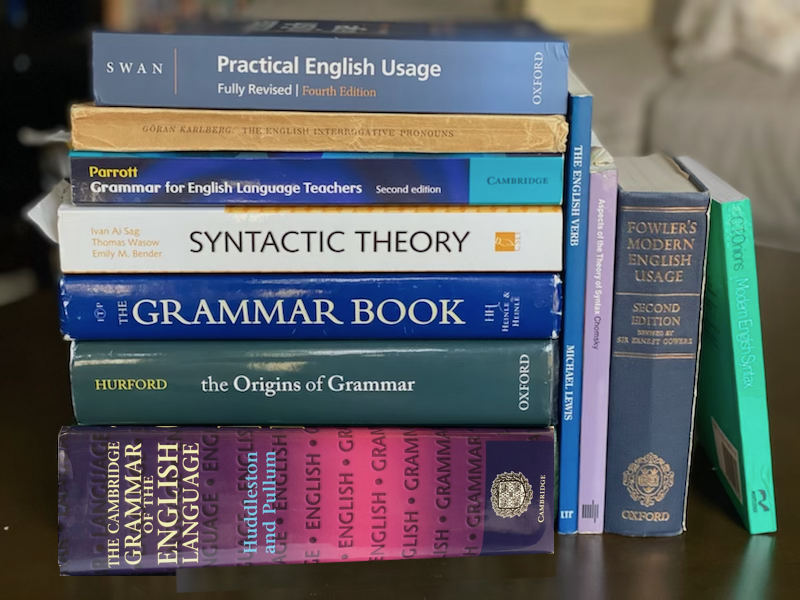
8. **The Versatile Power of “Worst” as a Superlative Adjective**Having examined “worse” as a comparative form, we now turn our attention to “worst,” the superlative counterpart of “bad,” and its crucial role in articulating the absolute lowest degree of quality or condition. “Worst” is employed when the objective is to declare something as the most negative, inferior, or undesirable among a group of three or more things, or when asserting an unparalleled extreme. Its definitive nature signals that no other option can surpass it in its undesirable attribute, making it an indispensable tool for precise evaluation.
“Worst” as a superlative adjective denotes something “bad or ill in the most extreme degree.” This encompasses a broad spectrum of negative qualities, from being “most faulty or unsatisfactory” to “most unpleasant, unattractive, or disagreeable,” or even “least efficient or skilled.” For instance, the declaration, “The worst drivers in the country come from that state,” unequivocally identifies a specific group as possessing the absolute lowest proficiency in driving when compared to all other regions.
Consider also its application in evaluating experiences or skills. If someone states, “That was the worst meal I’ve ever eaten,” it implies a comparison against every other meal consumed, designating the particular experience as the pinnacle of poor culinary execution. Similarly, in a competitive context, “Debra Deer had a worse finishing time than Charlie Cheetah, but Sam Sloth had the worst time by far” uses “worst” to clearly identify the single poorest performance among a group. This exemplifies its use in ranking and establishing a clear bottom position.
Real-life examples further illuminate the practical applications of “worst” in various scenarios. Every individual likely has “a movie that they think is the worst (poorest quality or most unpleasant to watch) movie ever made.” In an academic setting, “The worst student in a class could be the one who scores the lowest on tests or the one who misbehaves the most,” outlining distinct criteria for the “worst” designation. For athletic endeavors, “A runner who records the worst time in a race is the one who ran the slowest.” These varied scenarios underscore that “worst” is an essential tool for expressing an extreme position on a negative scale, whether that scale pertains to performance, quality, or personal attributes, thus emphasizing its role in comprehensive mastery of descriptive language.
Read more about: 8 Grammatical Blunders Worse Than Any Pontiac: Mastering ‘Worse’ and ‘Worst’ for Peak Precision
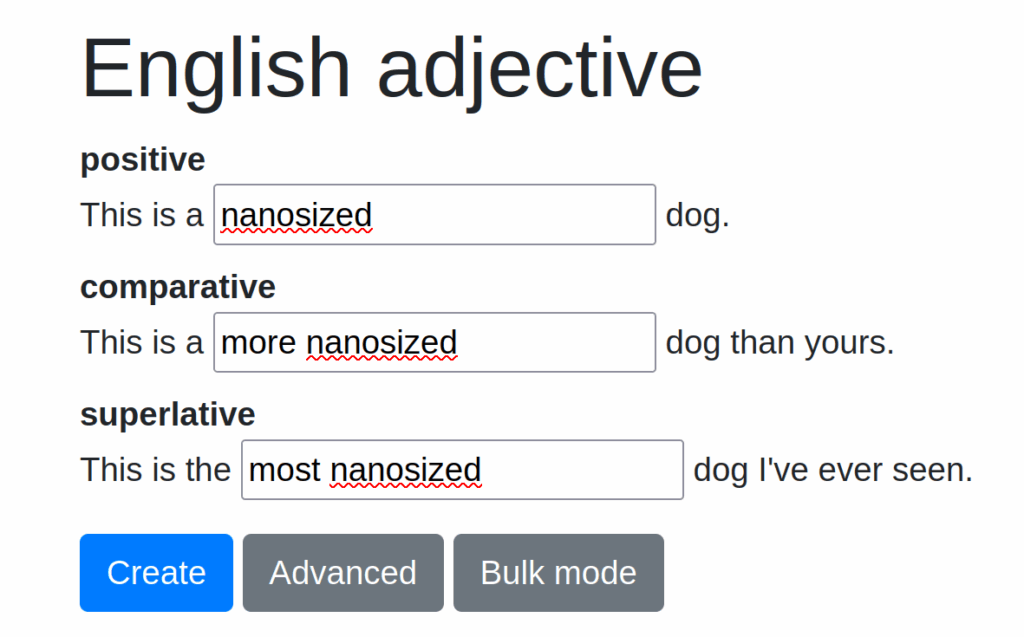
9. **”Worst” Beyond Adjectives: Exploring Its Role as a Noun and Adverb**While its primary function as a superlative adjective is well-understood, “worst” exhibits remarkable versatility, also serving distinct roles as both a noun and an adverb. This grammatical flexibility allows for nuanced expression, enabling “worst” to convey the highest degree of negativity not just as a descriptor, but also as a standalone concept or a modifier of actions. Mastering these additional applications unlocks a deeper command of the word and its idiomatic potential, enhancing precision in communication.
As a noun, “worst” refers to “something that is worst” – the absolute extreme of negative possibilities or conditions. This usage is almost invariably preceded by the definite article “the,” solidifying its role as a specific, ultimate undesirable entity. A quintessential example is the common idiom “Prepare for the worst,” which succinctly advises readiness for the most severe outcome, encapsulating the entire spectrum of negativity into a single substantive entity. This noun form powerfully crystallizes the nadir of any given situation, providing a concise and potent tool for expression.
Another compelling instance of “worst” as a noun is found in the statement, “He brings out the worst in her.” Here, “the worst” refers to the least desirable aspects, behaviors, or character traits of a person, which are evoked or exacerbated by another individual’s influence. This highlights how “worst” can personify negative attributes, treating them as a distinct part of someone’s character. Understanding this conceptualization is vital for interpreting the full depth of such expressions.
Furthermore, “worst” functions as an adverb, serving as the superlative form of “badly.” In this capacity, it describes an action performed “in the worst manner” or “in the greatest degree” of undesirability. For example, one might lament that a project was executed “worst,” implying it was completed with the least skill, efficiency, or success among all attempts, truly reaching the lowest point of performance. The context also highlights idiomatic adverbial uses such as “in the worst way,” which, as discussed in the previous section, signifies “very much; extremely.” This phrase emphasizes an intense desire or need, as in “They want a new car in the worst way,” underscoring the adverb’s capacity to amplify meaning. Whether denoting the ultimate poor execution or an overwhelming longing, “worst” as an adverb adds another layer of descriptive precision to the English lexicon.
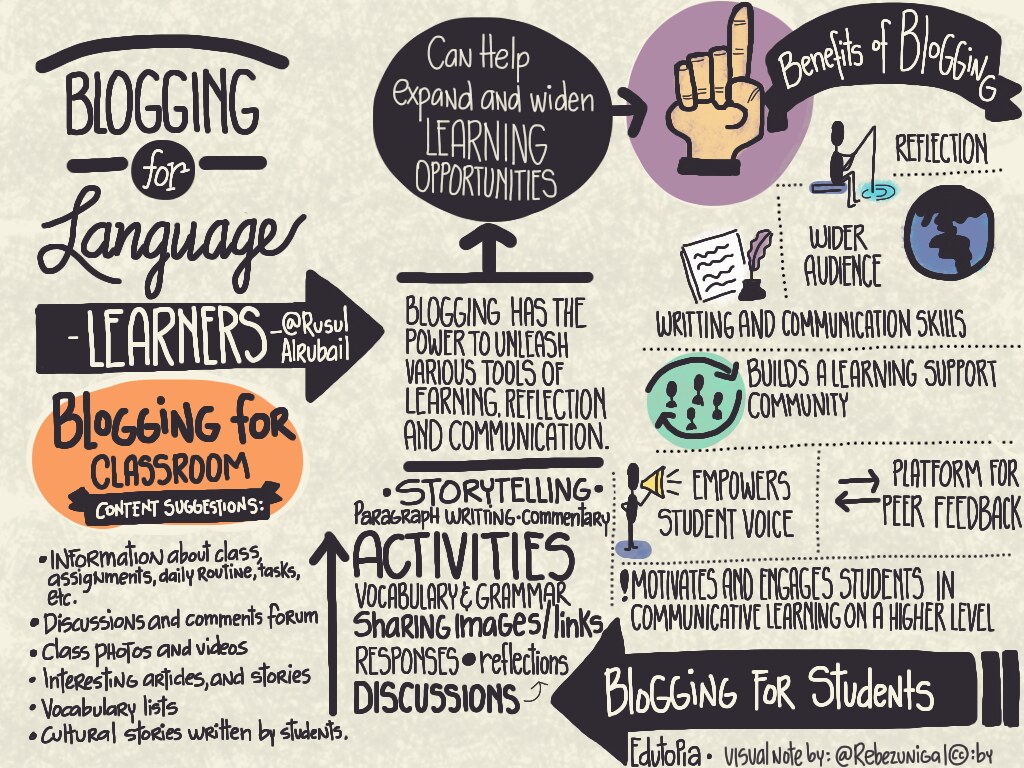
10. **Idiomatic Expressions with “Worst”: Mastering Key Phrases**Beyond its fundamental grammatical roles, “worst” is a cornerstone of several powerful idiomatic expressions that enrich the English language. These phrases often encapsulate complex scenarios or intense emotions in a concise manner, making their correct understanding and application vital for fluent and accurate communication. While we previously touched upon the distinct usage of “worst-case scenario” and “if worse/worst comes to worst,” there are other crucial idioms that utilize “worst” to convey extreme conditions or desires.
One such expression is “at (the) worst,” which succinctly refers to “under the worst conditions.” This idiom allows for the pragmatic consideration of the most unfavorable circumstances without necessarily predicting them as certainties. For example, stating, “He will be expelled from school, at worst,” suggests that expulsion represents the maximum severity of consequences, a bottom-line outcome if all other mitigating factors align unfavorably. It effectively defines the lower boundary of possible repercussions, preparing the listener for the maximum degree of negativity while acknowledging that less severe outcomes are also possible. This balanced approach to potential severity is a key characteristic of “at worst,” offering a realistic outlook.
Another significant idiom is “in the worst way,” which, somewhat counter-intuitively, means “very much; extremely.” This phrase is primarily used to express an intense desire, need, or longing. The context provides a clear example: “He needs praise in the worst way,” indicating a profound and urgent requirement for affirmation, far beyond a casual desire. This seemingly paradoxical usage—where “worst” denotes extreme intensity of desire rather than inherent negativity—underscores the rich and sometimes unpredictable nature of English idioms, challenging direct literal interpretation.
Furthermore, the expression “get the worst of something” is also an idiom that effectively utilizes “worst.” This phrase means “to be defeated by; lose,” indicating that in a confrontation or competition, one has experienced the most unfavorable outcome. For instance, if someone “gets the worst of a fight,” it means they were defeated or suffered the most negative consequences. Recognizing these distinct idiomatic meanings of “worst” is crucial for interpreting and utilizing the language accurately, allowing speakers to navigate complex expressions with confidence and precision in various consumer-centric scenarios.
Read more about: 8 Grammatical Blunders Worse Than Any Pontiac: Mastering ‘Worse’ and ‘Worst’ for Peak Precision
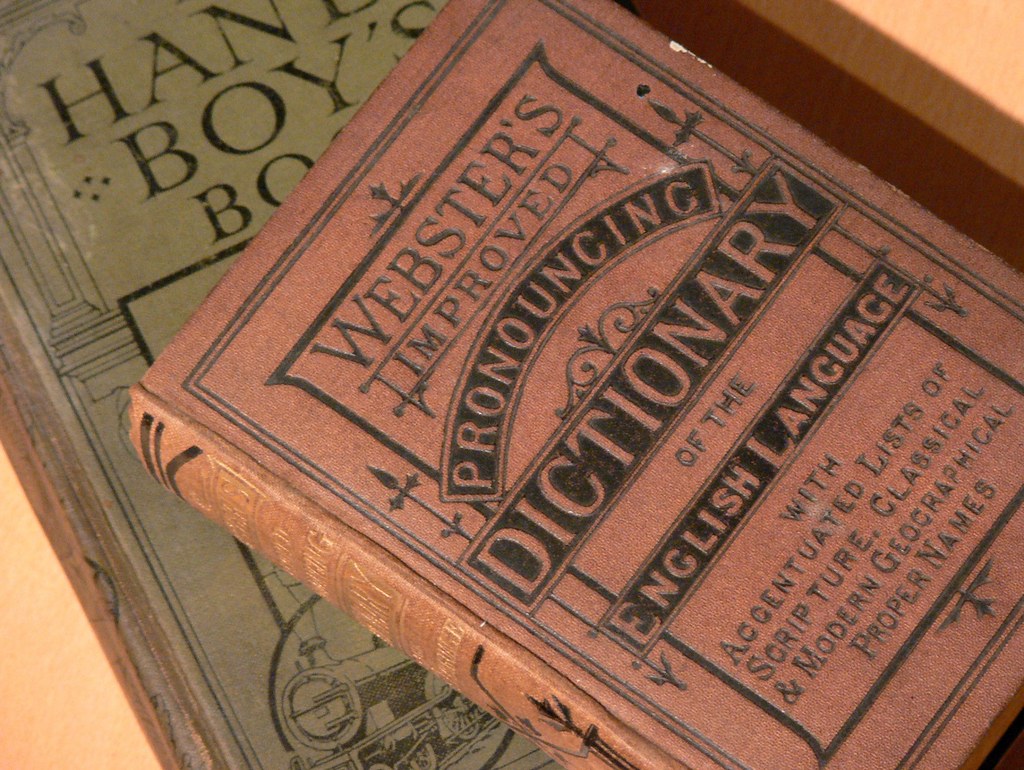
11. **Comprehensive Mastery: Contextualizing Worse and Worst with Bad, Badly, and Ill**Achieving complete mastery of “worse” and “worst” necessitates understanding their interwoven relationships with their foundational forms: “bad,” “badly,” and “ill.” These words collectively constitute a gradient of negativity, with “worse” and “worst” consistently representing the comparative and superlative degrees across all three root words. This holistic perspective ensures precise articulation of varying levels of undesirability, whether describing quality, health, or the manner in which an action is performed, fostering truly informed linguistic choices.
To recap the core progression, “bad” serves as the base adjective, encompassing a vast range of negative attributes. This includes being “not good in any manner or degree,” “of low or inferior quality,” “causing injury or harm,” “suffering from sickness,” “disagreeable,” or “lacking in skill or ability.” When a situation declines from merely bad, it becomes “worse,” signifying a “more bad” condition through a direct, binary comparison. And when it reaches its absolute nadir among all possibilities, it is unequivocally declared “worst,” meaning “most bad,” identifying the ultimate extreme. This consistent progression is applicable across numerous contexts, providing a clear, reliable framework for evaluation.
Consider practical examples that illustrate this continuum. If “My grades went from bad to worse after I missed a few classes,” it vividly demonstrates a comparative decline in academic performance, using “worse” to mark a subsequent, more negative stage. In a competitive scenario, the statement “Debra Deer had a worse finishing time than Charlie Cheetah, but Sam Sloth had the worst time by far” expertly employs both forms to establish a clear hierarchy of performance among three individuals, showcasing both comparative and superlative usage in action.
The adverbs “badly” and “ill” also share this essential comparative and superlative journey, further broadening the application of “worse” and “worst.” “Badly” primarily describes actions performed poorly or to a significant, often undesirable, extent. “Ill,” while often referring to poor health (“sick; unwell”), also extends to hostile sentiments (“hostile; unkind”) or unfavorable outcomes. Just as with “bad,” when something is done “more badly” or a health condition deteriorates “more ill,” “worse” is the appropriate comparative form. For instance, “Briony’s cold got worse after a few days,” clearly illustrates a worsening health condition, directly deriving from an initial state of being “ill.”
The superlative “worst” then applies to the most extreme poor performance, the most severe illness, or the most unfavorable manner. This integrated understanding of their interconnectedness across adjectives and adverbs is the final and crucial step toward truly mastering “worse” and “worst” in all their versatile applications. It enables accurate, nuanced, and impactful communication in any scenario, ensuring that whether comparing product performance or describing a state of health, your linguistic choices are always at their most precise and effective.
By dissecting “worse” and “worst” through their grammatical roles, idiomatic expressions, and relationships with “bad,” “badly,” and “ill,” we’ve unlocked the full spectrum of their utility. No longer should these deceptively similar words present a linguistic labyrinth. Instead, armed with this objective and thorough analysis, you can confidently navigate their complexities, empowering your communication with unparalleled clarity and precision. This mastery ensures that your expressions of comparative decline or ultimate negativity are always impeccably chosen, leaving no room for misunderstanding.



